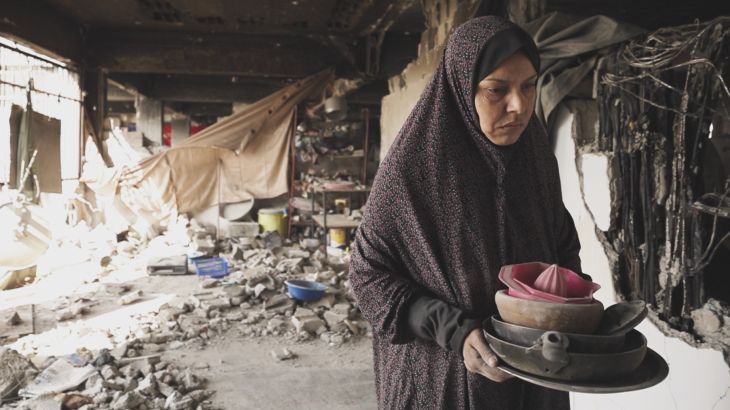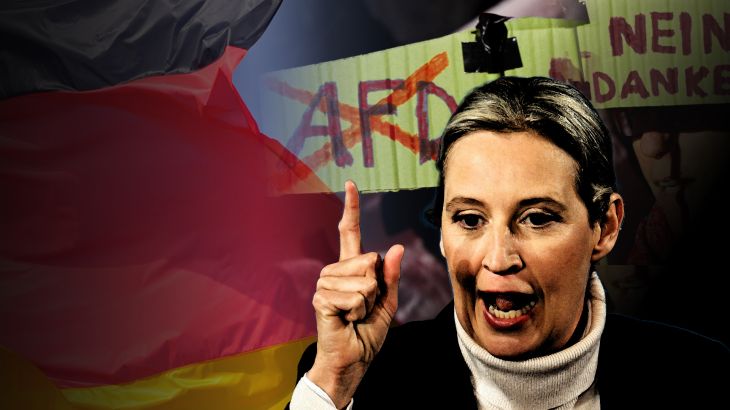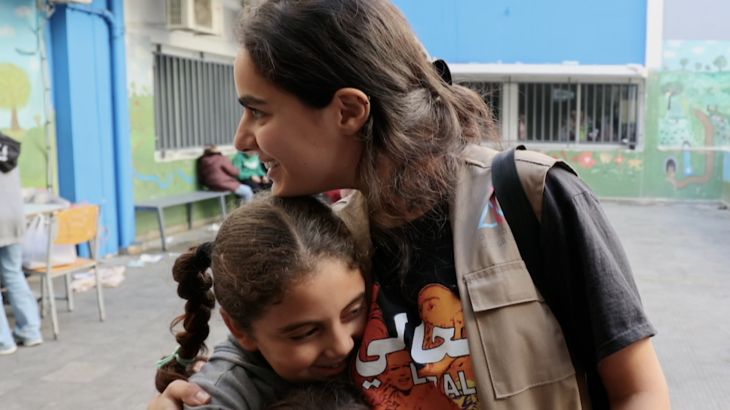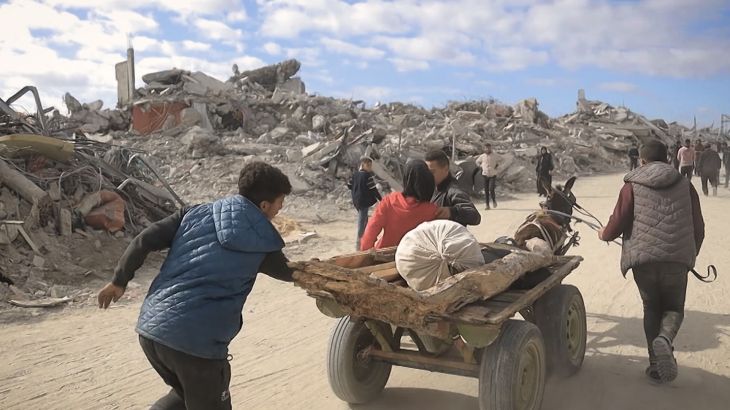Rising Fears of Forced Displacement: Examining Israel’s Gaza War and Long History of Population Transfer
As soon as he assumed office in 2017, United States President Donald Trump amplified calls for the displacement of Palestinians from their homeland, echoing historical rhetoric that fueled anxieties surrounding potential population transfers. The ongoing conflict between Israel and Hamas has dramatically escalated this concern, with nearly two million Palestinians forced to flee their homes in Gaza since October 7, 2023 – a humanitarian crisis compounded by limited access to essential resources and dwindling infrastructure.
The current war in Gaza is fueling renewed fears that the displacement of Palestinian civilians isn’t merely an immediate consequence of military operations but may represent a deliberate strategic objective. Several Israeli politicians have openly advocated for the permanent expulsion of Palestinians from the Strip, echoing historical language reminiscent of the “Nakba,” or ‘catastrophe,’ referring to the mass displacement of Palestinians during the 1948-49 Arab-Israeli War and subsequent conflict. This rhetoric has been particularly alarming given Israel’s established policy of settlement expansion in the occupied West Bank, which further exacerbates the conditions contributing to potential displacement.
Beyond Gaza, a less visible but equally concerning trend is unfolding in the West Bank. Israeli forces and extremist settlers are engaged in what experts describe as a “shadow war,” characterized by escalating violence, home demolitions, land confiscations, and restrictions on movement that effectively isolate Palestinian communities. These actions contribute to a climate of fear and instability, driving displacement within the region and limiting access to resources for Palestinians residing there.
Investigations by People & Power have uncovered historical precedents for this type of strategy, tracing a pattern of forced population transfers in Palestine dating back to the creation of Israel in 1948. The echoes of the Nakba continue to resonate today, prompting questions about whether population transfer remains an underlying strategic goal for certain elements within the Israeli government and its supporters. Analyzing this complex historical context is crucial to understanding the current crisis and predicting potential future developments – particularly as international pressure mounts for a lasting resolution to the conflict.
The issue is further complicated by ongoing debates regarding international law, human rights obligations, and the responsibility of states to protect civilians in armed conflict. The long-term consequences of any forced displacement would be profound, potentially leading to significant humanitarian crises, political instability, and enduring grievances for generations to come.








Post Comment